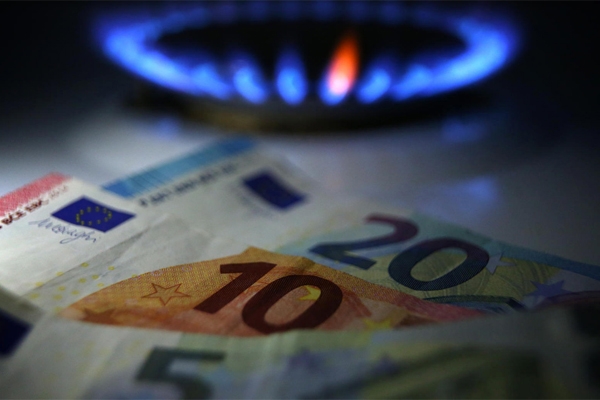Gas prices in Europe rise amid suspension of transit through Ukraine and repairs to LNG plant in Norway

From January 1, 2025, Ukraine stopped the transit of Russian gas, and the Norwegian LNG production plant stopped for repairs until January 9, which, against the backdrop of forecasts of a decrease in temperatures in the EU, led to an increase in gas prices.
On the first day of trading in 2025, gas prices in Europe rose by 4% to the highest level since October 2023 of €50.3/megawatt-hour (€526/thousand cubic meters), Bloomberg reports.
The reduction in LNG supplies from Norway could trigger a rapid depletion of gas from storage facilities, which act as a buffer. Gas reserves across the continent are being depleted at the fastest pace since 2021, when the gas crisis was just beginning. However, the European Commission says there is no threat of disruption to gas supplies to Central and Eastern Europe thanks to effective preparatory work and coordination both in the region and beyond. The European Commission website notes that “gas supplies are guaranteed through withdrawals from storage facilities and alternative routes (Germany, Italy).”
The cessation of transit during the period of decreasing temperatures will increase the demand for gas in some countries. For example, in Slovakia the temperature may drop to -7 ° C by mid-January.
Europe is unlikely to run out of gas in the winter thanks to reserves and supplies from other countries, but it will be more difficult for traders to replenish storage before the next heating season, which will make this process more expensive, the publication notes.
The loss of transit through Ukraine will increase Europe's dependence on supplies of liquefied natural gas (LNG). Last year, Russia shipped record volumes of LNG to Europe, making it the second largest supplier after the United States.
For landlocked Central and Eastern European countries, LNG supplies to Germany, Poland, or Greece with subsequent regasification and transit are very expensive.
According to the analytical company Bruegel, in 2024, the Russian Federation overtook the USA and became the second largest supplier of LNG to the EU, increasing exports in this direction to 54.45 billion cubic meters. Norway is the first place in gas supplies to the EU (93.3 billion cubic meters), and the USA, which in 2023 was the second largest gas exporter to the EU, in 2024 reduced supplies by 18% to 51.3 billion cubic meters and took third place.


